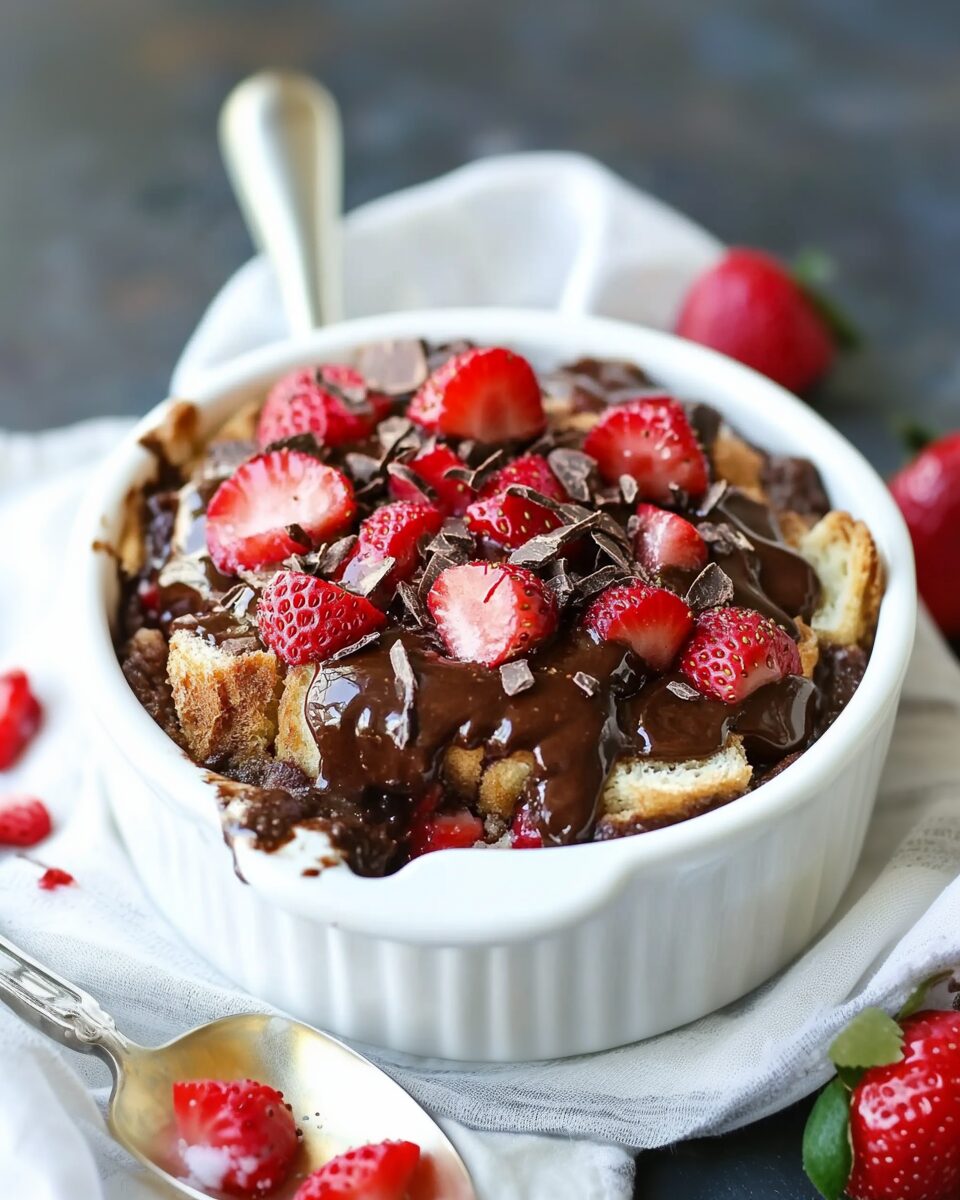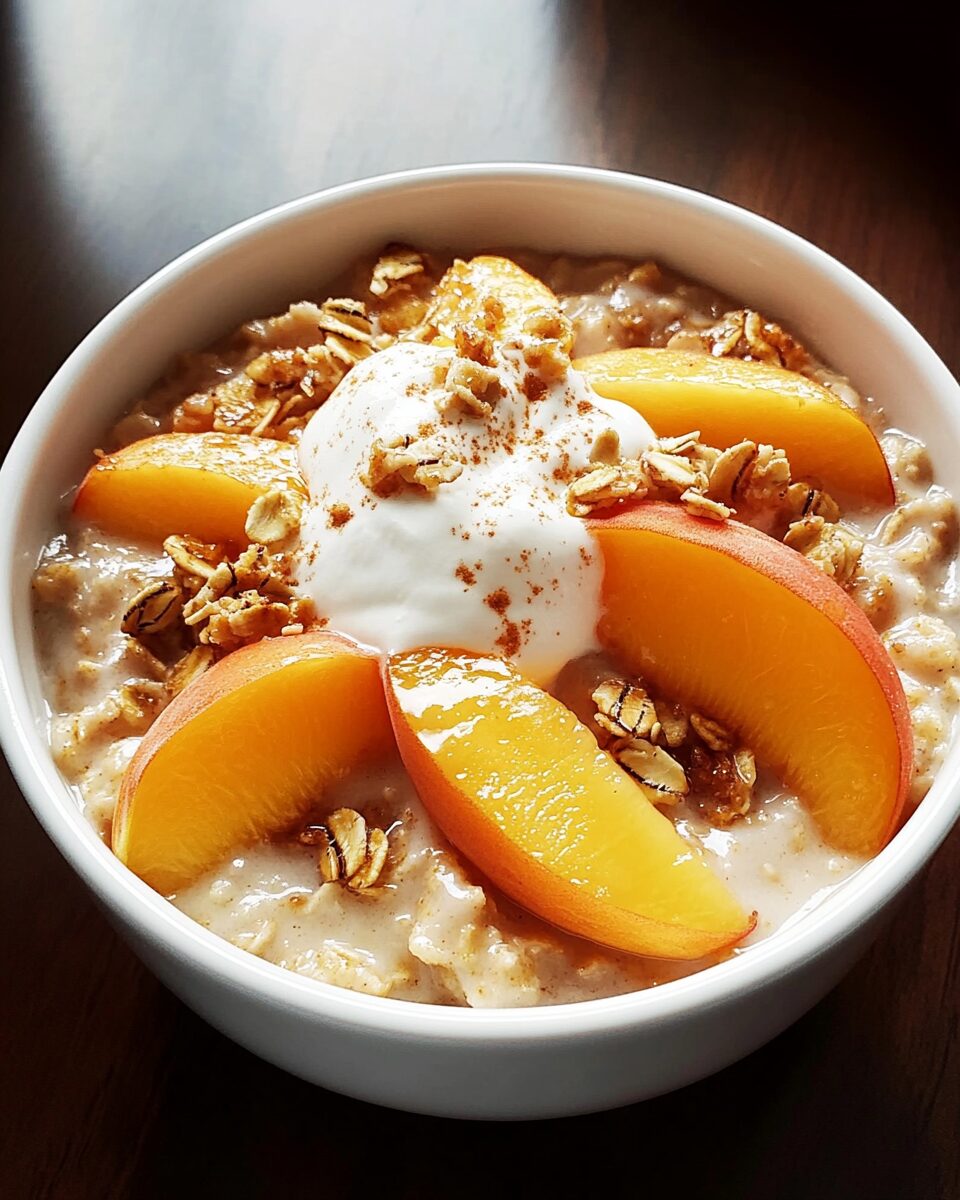Chicken Sorrentino is a classic Italian-American dish that artfully combines breaded chicken cutlets, tender slices of eggplant, savory prosciutto, and a rich tomato sauce, all topped with melted cheeses. This hearty and comforting meal brings together the essence of Italian cuisine, offering a symphony of flavors and textures in every bite. Whether you’re seeking a cozy family dinner or aiming to impress guests, Chicken Sorrentino delivers a satisfying and indulgent experience.
Full Recipe:
Ingredients
-
Boneless, skinless chicken breasts
-
Eggplant
-
Prosciutto
-
Tomato sauce
-
Mozzarella cheese
-
Parmesan cheese
-
Olive oil
-
Salt
-
Black pepper
-
Italian seasoning
-
Garlic (optional)
-
Fresh basil (optional for garnish)
-
All-purpose flour (for dredging)
-
Eggs (for breading)
-
Breadcrumbs
Directions
-
Preheat the oven to 375°F (190°C).
-
Slice the eggplant into thin rounds, salt them lightly, and let them sit to draw out moisture. Pat dry.
-
Bread the chicken by dredging in flour, dipping in beaten egg, and coating in breadcrumbs.
-
Pan-fry the chicken cutlets in olive oil until golden brown on both sides. Remove and set aside.
-
In the same pan, lightly fry the eggplant slices until softened and golden.
-
Assemble the dish by placing chicken in a baking dish, topping each cutlet with a slice of eggplant, a slice of prosciutto, and a generous spoonful of tomato sauce.
-
Sprinkle with shredded mozzarella and grated Parmesan.
-
Bake for 20–25 minutes, or until the cheese is bubbly and golden.
-
Garnish with fresh basil and serve hot.
Nutrients
A single serving of Chicken Sorrentino provides approximately:
-
Calories: 450 kcal
-
Protein: 45g
-
Carbohydrates: 20g
-
Dietary Fiber: 4g
-
Sugars: 8g
-
Fat: 20g
-
Saturated Fat: 8g
-
-
Cholesterol: 120mg
-
Sodium: 800mg
-
Vitamins and Minerals:
-
Vitamin A: 15% of Daily Value
-
Vitamin C: 20% of Daily Value
-
Calcium: 25% of Daily Value
-
Iron: 15% of Daily Value
-
Culinary Origins and Evolution
The name “Sorrentino” is derived from Sorrento, a picturesque coastal town in Southern Italy. While the exact historical roots of Chicken Sorrentino are not thoroughly documented, it’s widely accepted that the dish evolved from Italian methods of combining meats with eggplant and tomato sauces, staples in Southern Italian cuisine. In Sorrento, local cooking heavily features ingredients like eggplant (melanzane), tomatoes, and cheese, particularly mozzarella and Parmigiano-Reggiano.
The American version of the dish, however, was likely born in Italian-American communities, especially in regions like New York and New Jersey, where many Southern Italian immigrants settled. Restaurants and home cooks in these areas began adapting traditional recipes using locally available ingredients and preferences. Thus, Chicken Sorrentino became a signature dish in many Italian-American households and eateries.
Flavor Profile and Composition
What sets Chicken Sorrentino apart from other chicken dishes is its complex yet harmonious flavor profile. The chicken serves as a meaty, juicy base, often pounded thin and lightly breaded for added texture. Prosciutto introduces a sharp saltiness and a buttery richness that complements the mild, tender eggplant. The tomato sauce brings in acidity and a hint of sweetness that cuts through the richness of the other components. Finally, the cheese—typically a mix of mozzarella and Parmesan—adds the finishing touch with gooey, melted creaminess and a subtle nutty flavor.
Each bite offers contrast: crispy and soft, salty and sweet, creamy and savory. This interplay makes Chicken Sorrentino incredibly dynamic and memorable, despite its relatively simple ingredients.
Cultural Significance
Beyond its delicious flavor, Chicken Sorrentino holds a special place in Italian-American food culture. It often features in celebratory meals, whether for Sunday family dinners, holidays, or festive gatherings. It’s one of those “grand presentation” dishes—impressive in appearance and taste, yet deeply rooted in tradition.
In Italian-American restaurants, it’s a menu staple, sometimes even listed under “chef’s specialties.” It represents more than just a dinner option; it’s a symbol of heritage and pride. Many families have their own versions of the recipe, passed down through generations and adapted over time, making each rendition a personal expression of culinary legacy.
Why It’s a Crowd-Pleaser
One of the reasons Chicken Sorrentino remains a crowd favorite is its universal appeal. The individual ingredients—chicken, eggplant, cheese, tomato sauce—are widely liked and familiar, which makes the dish accessible even to those less adventurous with food. At the same time, the combination of these components creates a dish that feels elegant and special.
It also scales well. Whether cooking for two or twenty, the dish can be assembled in advance and baked just before serving. This makes it perfect for entertaining. Additionally, its rich, indulgent nature makes it ideal for colder months when comfort food is especially appreciated.
Cooking Techniques That Elevate the Dish
Although the ingredients are straightforward, the techniques involved in making Chicken Sorrentino can significantly impact the final outcome. Pounding the chicken ensures even cooking and tenderness. Light breading and pan-frying give the meat a crisp texture and deeper flavor.
Eggplant, a key component, is often salted and drained before cooking to remove bitterness and excess moisture. It’s then lightly fried or roasted. The quality of the tomato sauce—homemade or store-bought—also makes a noticeable difference. Rich, slow-cooked sauces with herbs like basil and oregano elevate the dish from good to unforgettable.
Melting cheese over the assembled layers in the oven allows the flavors to meld and creates a visually appealing, bubbly top. Fresh basil or parsley sprinkled over the final dish adds color and a touch of brightness.
Modern Twists and Variations
Like many traditional recipes, Chicken Sorrentino has inspired a range of creative adaptations. Some cooks opt for grilled chicken instead of breaded to reduce calories and fat. Others incorporate additional vegetables like spinach or mushrooms between the layers for extra nutrition and flavor complexity.
For a lighter version, some omit the prosciutto or use turkey ham as a substitute. Vegans have also embraced the layered format, replacing chicken with grilled tofu or portobello mushrooms, using plant-based cheese and eggplant as the core.
Those adhering to a gluten-free diet can swap traditional flour and breadcrumbs for gluten-free alternatives. With so many customizable elements, Chicken Sorrentino remains as versatile as it is delicious.
Nutritional Considerations
While Chicken Sorrentino is certainly on the indulgent side, it’s also rich in nutrients when prepared thoughtfully. Chicken provides a high-quality source of protein, which is essential for muscle repair and overall health. Eggplant contributes dietary fiber and antioxidants, while tomato sauce adds lycopene, a compound linked to heart health and cancer prevention.
Cheese delivers calcium and vitamin D, though it also increases the dish’s saturated fat content. Using part-skim mozzarella and controlling portion sizes can make the dish more balanced without compromising flavor. Home cooks can also opt for baking instead of pan-frying to reduce oil use.
Ultimately, Chicken Sorrentino can fit into a health-conscious lifestyle when enjoyed in moderation and prepared with mindful ingredient choices.
Pairing Suggestions
Chicken Sorrentino pairs beautifully with a variety of side dishes. For a classic Italian meal, serve it with al dente pasta, such as spaghetti or penne, lightly tossed in olive oil or a bit of extra tomato sauce.
For a lighter option, pair it with a green salad dressed with balsamic vinaigrette or roasted seasonal vegetables like asparagus, zucchini, or bell peppers. Garlic bread or focaccia on the side can round out the meal for those seeking a heartier dinner experience.
When it comes to wine, a medium-bodied red like Chianti or Sangiovese complements the dish’s rich flavors without overwhelming them.
Serving and Storage Tips
Chicken Sorrentino is best served fresh out of the oven when the cheese is hot and melty. However, leftovers store well in the refrigerator for up to 3 days and can be reheated in the oven or microwave. For longer storage, the dish can be frozen either before or after baking. If freezing before baking, assemble the layers and wrap the dish tightly. Bake directly from frozen, adding extra time as needed.
Frozen, fully baked portions also reheat nicely and retain much of their original texture and flavor, making this an excellent make-ahead meal option.
Conclusion
Chicken Sorrentino stands as a shining example of how simple, quality ingredients—when layered thoughtfully and cooked with care—can yield a dish that’s both comforting and elegant. Its Italian roots and American evolution make it a culturally rich recipe with broad appeal.








